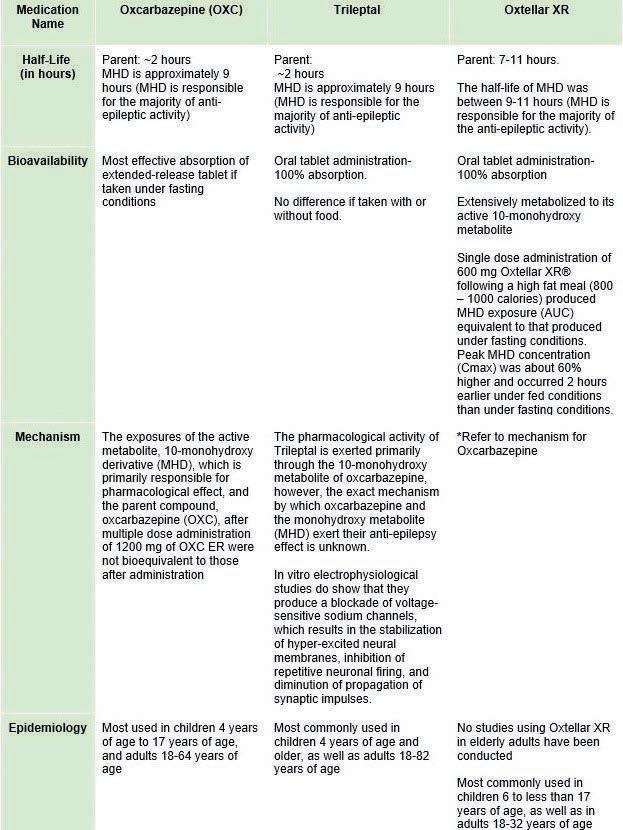Scholarly Research In Progress • Vol. 5, November 2021
Improving the Future of the Opioid Epidemic: Methocinnamox Colleen G. Jordan1*, Amy L. Kennalley1*, Tenzing Dolma1*‡, Kaitlyn M. Nemes1*‡, and Alivia L. Roberts1*‡ ¹Geisinger Commonwealth School of Medicine, Scranton, PA 18509 *Master of Biomedical Sciences Program ‡ Authors contributed equally Correspondence: cjordan02@som.geisinger.edu
Abstract The opioid epidemic is an ongoing public health crisis, and the United States health system is overwhelmed with increasing numbers of opioid-related overdoses. Methocinnamox (MCAM) is a novel mu-opioid receptor antagonist with an extended duration of action and potential to reduce the burden of the opioid epidemic through overdose rescue that could treat opioid use disorder (OUD) long-term. We compared the efficacy and effects of MCAM to the current treatments available to treat OUD, such as naloxone and naltrexone, which have their own limitations. A literature review was conducted using PubMed and Google Scholar databases. MCAM’s novel properties open a new avenue for treating the opioid crisis. The known therapeutic effect of MCAM can reduce the number of opioid deaths and reduce the number of relapse events in those with OUD. MCAM could be used as both a rescue and long-term treatment for opioid misuse. This is due to its pseudo-irreversible antagonism of the mu opioid receptor, abnormally long duration of action of nearly 2 weeks, and the possibility of using kappa or delta opioid receptor agonists for pain management during OUD treatment. Current studies in animal models show promise for this drug’s potential in humans to reduce opioid misuse and the impacts of the crisis, although further research is still needed.
Introduction Opioid addiction and misuse remain a prevalent issue in the United States (U.S.) (1). In 2019 alone, more than 70,000 deaths were attributed to opioid overdose in the U.S. (2). Opioids were originally discovered from poppy plants and were used to reduce pain sensation ranging from acute to severe, but they have become more accessible for recreational use outside of pain relief therapy (3, 4). The intended use of opioid pharmacologics was for the reduction of pain sensation by agonizing the opioid receptors located in the central nervous system (CNS) (5). There are three major opioid receptor types, mu (μ), delta (δ), and kappa (κ), but the mu-receptor is the main target of exogenous opioids (5, 6). In the past, many people turned to opioids to relieve daily suffering from chronic pain, and the drugs easily became addictive and created dependence (1). Today, synthetic opioids commonly make treatment for overdose and addiction exceptionally difficult due to altered administration, uptake, elimination rates, and their ability to bind to receptors (3). The heavy use of opioids and the addiction to these drugs in the U.S. have exacerbated the strain on resources in hospitals, emergency rooms, and on first responders as they try to save lives with the limited resources currently available (1). Naloxone is the only drug available to treat opioid overdose to be approved by the U.S. Food and Drug Administration (FDA) in the last 50 years, and the opioid users are younger and experimenting with synthetic opioid use beyond pain relief (7,
8). Naloxone is a competitive mu opioid antagonist with a high affinity for the mu-receptor used to reverse respiratory and CNS depression in those enduring an opioid overdose (9–11). Although naloxone is important to combat opioid overdose, it is not a long-term fix because it has the potential for dependence (10). Naloxone does not help decrease future use of opioids, and the use of synthetic opioids will require higher doses of naloxone, which could increase adverse effects such as tachycardia and hypertension (10, 12, 13). For these reasons, there is a dire need for a new opioid overdose intervention (14). Methocinnamox (MCAM) is a novel drug candidate that is a pseudo-irreversible antagonist for the mu opioid receptor (MOR), thereby preventing other opioid agonists from binding for a 2-week period (14–16). Due to the long-lasting effect of MCAM, it can be a safer and more effective alternative medication for the misuse of opioids (17, 18). MCAM has the potential to change the course of opioid misuse and help prevent relapse after administration (19, 20). This paper will explore how MCAM’s unique function could be useful in reducing the opioid crisis burden through its use in overdose rescue, long-term OUD (opioid use disorder) treatment, potential to be used with kappa and delta opioid receptor agonists, and nearly 2-week duration of action on a single dose.
Methods A literature review was conducted using PubMed and Google Scholar databases utilizing the following key terms: methocinnamox, MCAM, naloxone, naltrexone, buprenorphine, buprenorphine-naloxone, methadone, opioid overdose, opioid crisis, opioid abuse, mu-receptor, kappa-receptor, deltareceptor, inverse agonist, and naloxone and placebo. These terms and pharmacologics were included due to their relevance to the opioid epidemic, opioid overdose, and MCAM. Chemical structure made in ChemDraw version 19.0.0. No date range or journal exclusion was applied.
Discussion Opioid epidemic In the 1800s, the medicinal benefits of opiates were widely marketed as a safe and effective form of pain alleviation (21). Consequently, the absence of federal regulation on frequent opioid prescription and use drew widespread concern, which eventually led to the enactment of the 1914 Harrison Narcotic Control Act (22). While this prompted nationwide stigmatization of opioid use for non-cancer chronic pain management, it was later followed by a drastic shift in public attitude that advocated for the recognition of pain as a “fifth vital sign” in 1995 (23). As a result, several entities such as the Institute of Medicine, the Federation of State Medical
209












































